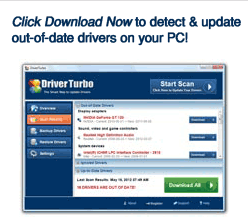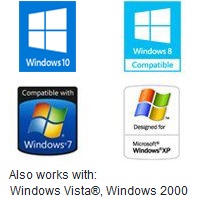Manufacturers are not going to give the driver much thought right after the release of their product because their main concern is to make sure that the hardware is as good as possible and that it sells well.
This means that the driver you get on the CD with your product will not be the best, it will just allow you to use the product. To get the most performance out of your hardware component, whatever that may be, you will have to wait for updated drivers.
For example, the best way to see the difference between an old driver and an updated driver, you can have your graphics card tested using 3D Mark. See how much your system scores with the old driver.
After that uninstall the driver and install the latest driver. In general, you should be able to see at least a 2-5 percent increase in performance alone. That is why you should always look for the latest driver version for a specific hardware component, especially graphics cards and motherboards.
There is another benefit. Sometimes the system is not quite as stable as it should be or as you would want it to be. In this case an updated driver would go a very long way in ensuring decent levels of compatibility between components. In fact, if your current driver seems to cause some issues, make sure that you give some other versions a try.
Also, remember to test the system’s stability in the same conditions, so it would be advised to use a stability testing program. These are known as stress tests and include a series of tests that keep your system at 100 percent load for as long as several hours. If your system doesn’t crash in this time frame you can say that the updated driver has done its’ job properly.



